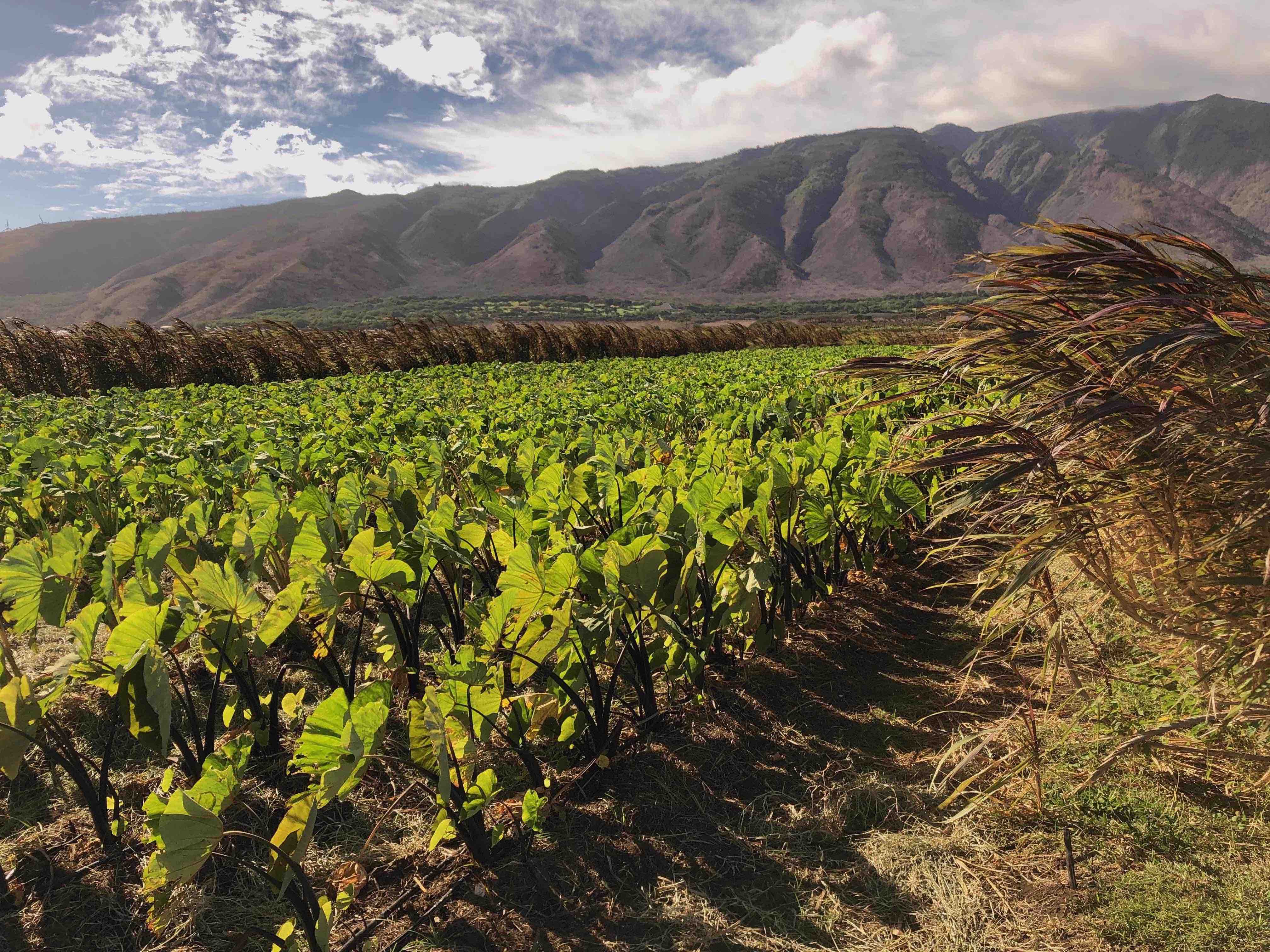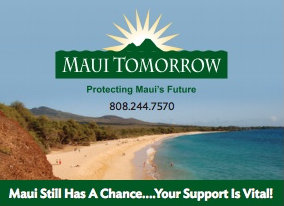Heavy hitters join board to gird for HEI bid
Ex-officials of the CIA and federal Energy Department ante up as the $35 billion plan gains momentum
POSTED: 01:30 a.m. HST, Jul 17, 2011 at the Star Advertiser
A $35 billion plan to buy Hawaii’s main electric utility and quickly get it off fossil fuel while reducing rates for consumers was greeted with heavy skepticism in January when the ambitious endeavor was made public.
Some dismissed the initiative by an entrepreneurial Minnesotan who moved to Hawaii last year as unrealistic or, worse, a joke. Others lauded the idea but figured it was financially impossible and wouldn’t gain traction.
But since then the venture named Ku‘oko‘a Inc. has attracted several leaders with powerful connections, including a past chief of the Central Intelligency Agency and a former deputy secretary of the federal Department of Energy.
T.J. Glauthier, the Energy Department’s No. 2 official from 1999 to 2001, and R. James Woolsey, CIA director from 1993 to 1995, have joined Ku‘oko‘a as investors and board members.
Rob Robinson, a Hawaii venture capitalist and professor of entrepreneurship and e-business at the University of Hawaii, is another investor taking a seat on the board recently.
And Rick Blangiardi, general manager of local TV broadcaster Hawaii News Now, agreed to serve as Ku‘oko‘a’s board vice chairman…
…The company’s goal is to buy Hawaiian Electric Industries Inc., which provides power to about 95 percent of the state’s population, and shift it completely from its current dependence on imported oil to alternative energy sources within 10 years…
…Ku‘oko‘a’s vision is to tap a variety of renewable energy sources to replace oil as Hawaii’s main source for electricity. The backbone of the plan is to derive most electricity from geothermal energy on Hawaii island and Maui for delivery to Oahu and other islands via undersea cables. [emph added]
Geothermal power is proven and has the benefit of not being an intermittent source of energy like the sun and wind. An existing geothermal plant on Hawaii island, Puna Geothermal Venture, supplies about 20 percent of that island’s electricity needs.
Other power sources such as wind, solar, biofuel, wave and ocean thermal energy would likely also play roles, though geothermal would supply the base load and is the linchpin to Ku‘oko‘a’s plan, according to Roald Marth, a self-described nerd from Minnesota who started Ku‘oko‘a and is the company’s chief executive officer…
…Marth told a Rotary Club of Honolulu meeting in April that geothermal energy might even be able to oversupply the state with power, allowing extra power to be exported if converted to another form such as liquid hydrogen
The exports and fixed energy costs, according to Marth, would not only insulate ratepayers from higher oil prices and electricity rates, but also would cut the cost of electricity to 20 cents per kilowatt-hour statewide. Presently the rate is about 30 cents on Oahu and around 40 cents on neighbor islands….
…Some observers question whether it’s feasible to run a cable along the extremely rough and deep Alenuihaha Channel between Hawaii island and Maui.
Marth says it can be done, though not easily or cheaply. According to Puna Geothermal, the state investigated the feasibility of an Alenuihaha Channel cable in the 1980s and concluded it was possible but too costly without considerable government subsidies. The state estimates it will cost $800 million to $1 billion to install a cable linking Oahu to wind farms on Molokai and Lanai.
Marth has said a company like Hawaiian Electric with public shareholders interested in growing quarterly profits faces a disincentive to invest billions of dollars in renewable energy production.
A company like Ku‘oko‘a with private capital focused on long-term returns from renewable energy investments is necessary to make the conversion, he said.
One big concern for local consumers and businesses is whether such a return could be achieved without coming at the expense of ratepayers. Some stock analysts and energy industry experts have expressed doubt about Ku‘oko‘a’s plan penciling out…
…Beside the technical and financial issues, much skepticism raised in January focused on the people leading Ku‘oko‘a.
Marth, 46, is a former real estate agent and motivational speaker [emph added] who later co-founded and sold two companies — one that provided technology and software training for the real estate industry and one that provided Internet services to real estate agents.
Two initial partners also helped Marth start Ku‘oko‘a. One is Richard Ha, owner of Hamakua Springs Country Farms on Hawaii island. Ha, who is Ku‘oko‘a’s board chairman, has researched alternative energy as a source for his business and is co-chairman of a state advisory group on geothermal energy.
Ku‘oko‘a’s other initial partner is Ted Peck, who quit his job as the state’s energy administrator to become company president. Peck, among other things, directed Hawaii’s Clean Energy Initiative….


